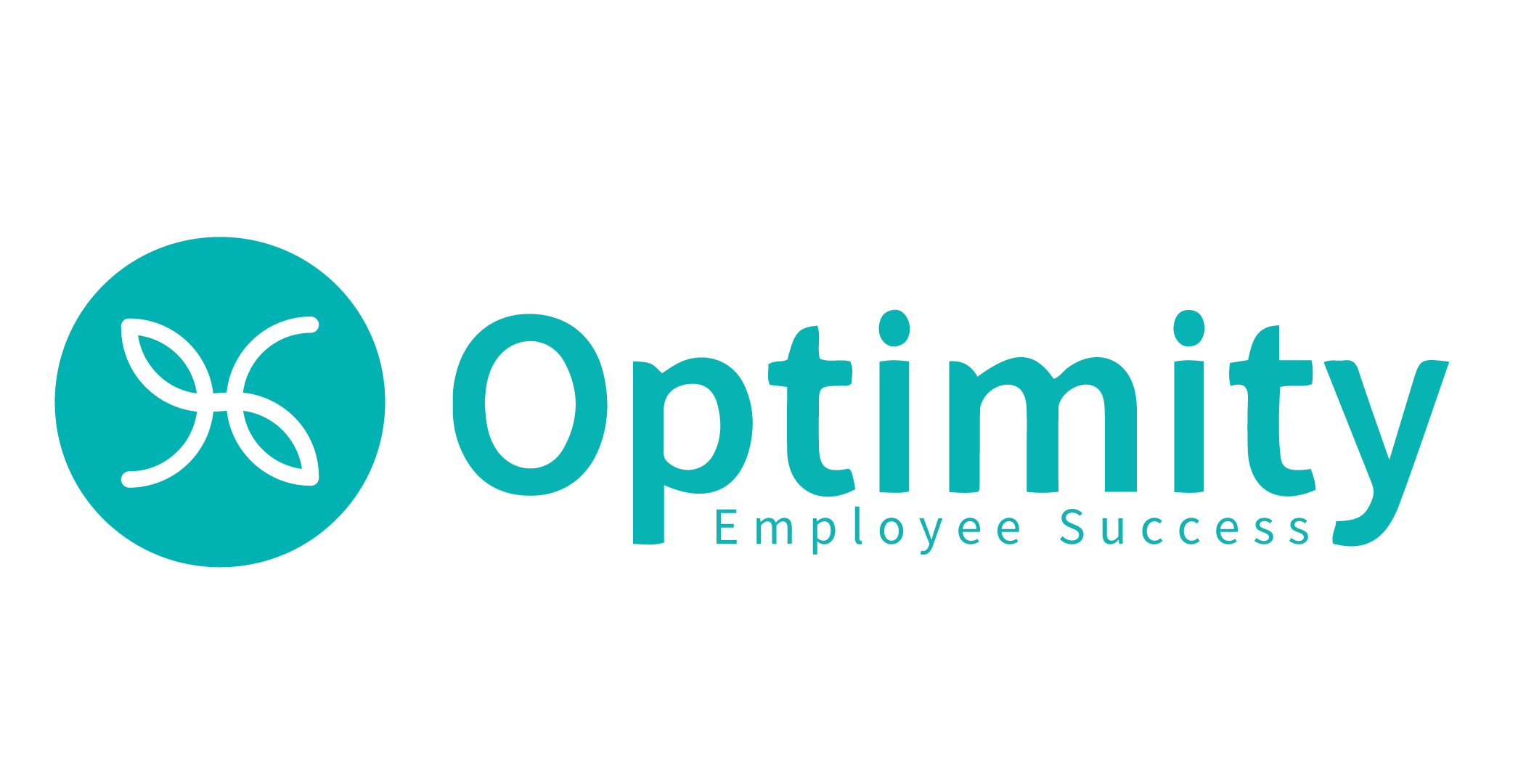TIME STAMP: 3 MINUTE READ November is National Diabetes Month. It's an opportunity to raise...
Top 10 Scary Health Cost Stats that Employers Must Know for 2017
From insurance coverage to increasing the productivity, good health of employees gives good returns to you in the long run. In order to get a high ROI here are the top 10 health cost stats that every employer must know in 2017...

1. Rising cost of biologics
Biological pharmaceuticals currently account for less than 3.5% of a corporation’s total healthcare expenditure. However, many new biologics are entering the marketplace and will soon represent 70% of the total medications. With it, the therapy costs can be $25,000 to $75,000, making the average cost of a biologic in the US about $45 compared to just $2 for chemical or molecule-based medicines.
2. Oral medication cost vs. injectable costs
Oral medication costs are generally charged to corporate benefits plans, whereas injectable medications and infused drugs are often covered by provincial health plans in Canada.
3. Smoking and lifestyle habits
There has been a considerable rise in chronic illness and obesity in the past decade. Smoking habits cost employers $570 million, whereas employees combating obesity cost about $73.1 billion per year.
4. Specialty Drugs vs. Transplantation costs
Spending on specialty medicines (medication for cancer, Hepatitis C, etc.) is expected to rise from $187 billion in 2016 to about $402 billion by 2020. Regular spending on specialty drugs can sometimes be higher than even transplant costs. For example, a person with mild liver disease can incur an average annual cost of $17,000 with specialty drugs—which will continue for 10 years, at least! However, compared to liver transplantation costs, the latter can be ten times cheaper.
5. The excessive rise in usage of prescription drugs in developed countries
Seventy percent of North Americans are on at least one prescription drug, while 5% of the world's total population consumes 95% of the world's prescription drugs. Lack of cost transparency and inaccurate information can result in unnecessarily costly medical bills.
6. Inappropriate usage of specialty drugs
There is a significant premature and overuse of specialty drugs. On an average, there is an annual waste of about $3,000 per patient due to inappropriate and unrequired usage of drugs.
7. Increase in cost of health insurance premiums
A recent study by National Group on Health, Washington, showed that there will be about a 6% rise in health insurance premiums in the year 2017. The major contributors to it will be specialty pharmacy (31%), high cost claimants (32%) and specific disease on conditions (17%). There will be an overall inflation of 11%.
8. Employers Shifting Costs to Workers
Currently, 36% of employers are considering a shared contribution strategy. About 12% of them have already adopted such strategy and this has helped them save over 4% of their expenditure on healthcare programs.
9. Medical cost trends needs to be recalibrated
With an 11.9% growth rate in 2007, the numbers for medical costs have steadily declined from from 6.8% in 2015 to 6.5% in 2017. While 50% is spent on outpatient and inpatient costs, there has been a considerable rise in share of pharmaceuticals from 17% to 20%, this year. Offering high deductible health insurance plans can be a savior for employers, yet a burden on employees if not utilized properly.
10. Hospitals demand higher prices
According to KHN, hospitals can directly employ physicians and create large and costly medical systems. Additionally, malpractices of premiums and unnecessary tests can cost employers more than $1,400 per person.
Follow us on Twitter to stay current on the top cost-containment wellness strategies. To learn more about cessation programs for smoking and their impact on your ROI, check out this link: Corporate smoking cessation programs and ROI.
Abena is a Client Services Associate at Optimity. She graduated from the University of Toronto with a BSc in Global Health. She is passionate about human rights and health education, and hopes to develop tailored interventions to combat health inequities around the globe. Her interests include story writing, camping and exploring different cultures on her travels.



